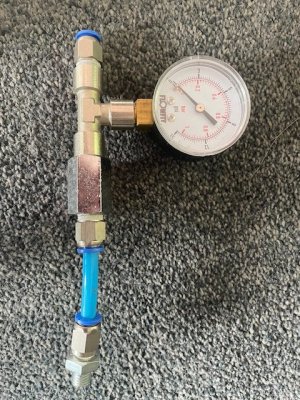Seven Spades
Well-Known Member
I would buy another water pump, we always carry a spare. If your water pump fails it is miserable, I you buy a spare you can fit it and see if the problem goes away, if it does all is good and if not then you have a spare pump.

